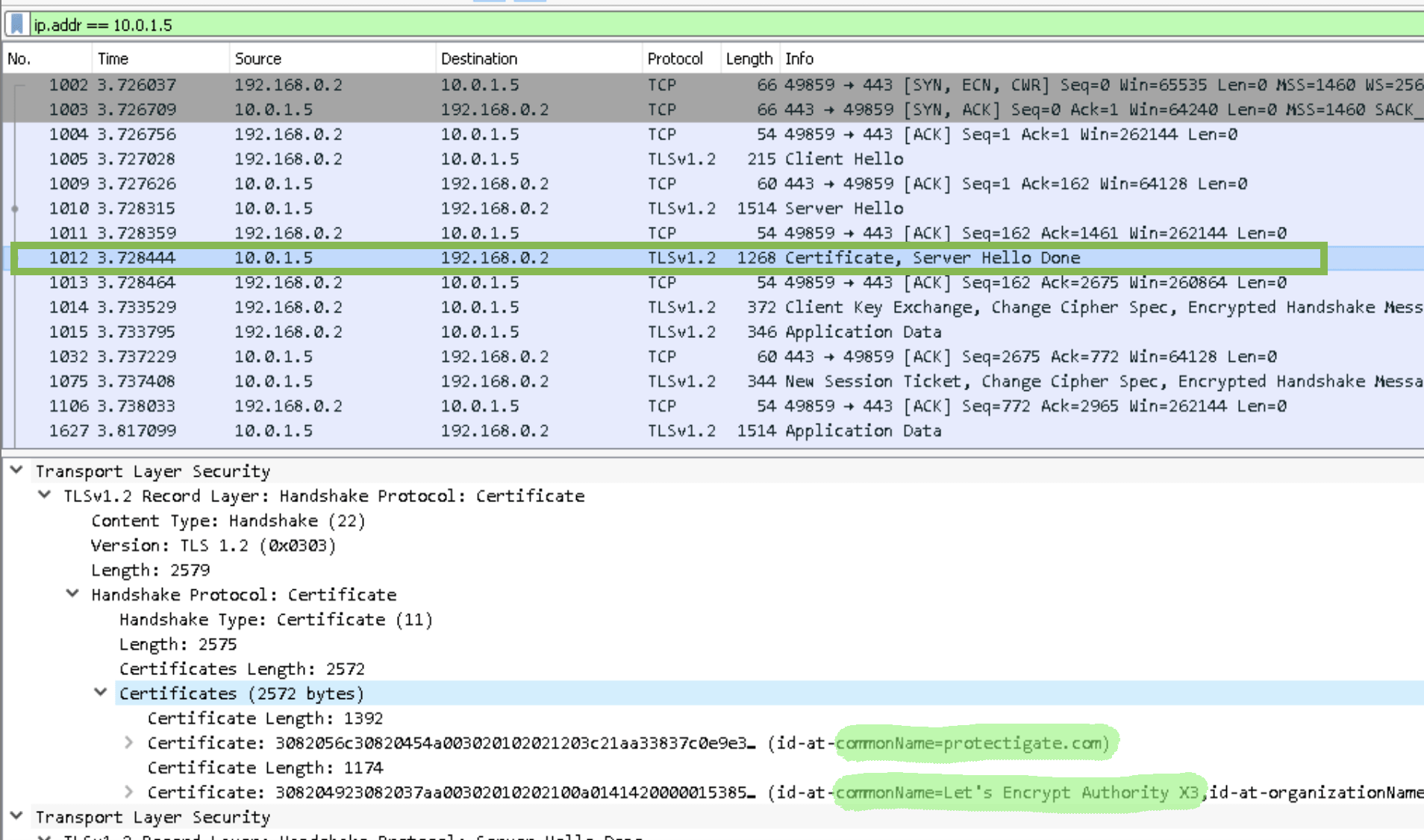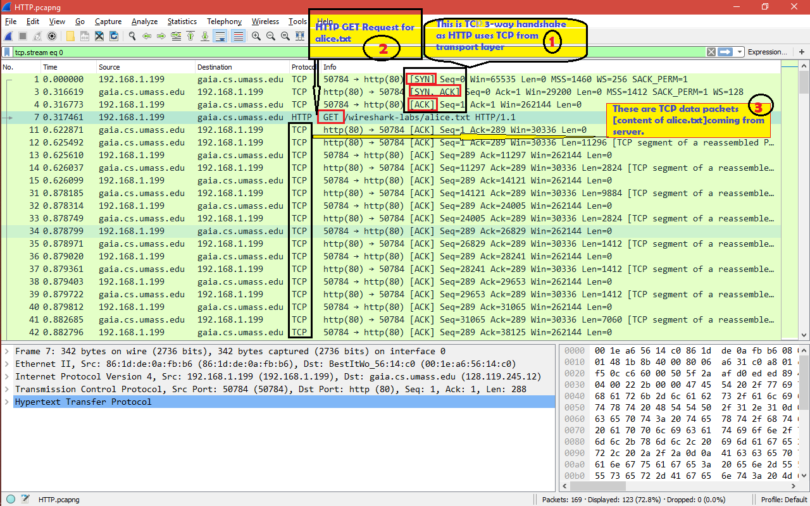
For example, if a message is being sent to 5 recipients, it may have to be encrypted with 5 respective public keys of the recipients. Secure Mailing List: It is created to take over the processing which is required per recipient whenever a sender of message sends messages to multiple users. Security labels: It is added to a message to identify the access control, priority of the message and its sensitivity (confidential level)ħ. Receiver signs the original message which is sent by a user, sender’s signature, and the acknowledgment and creates a MIME message type.Ħ. In other words, we can say that it is used as proof of delivery of a message to the original sender. Signed receipts: It is used as a acknowledge for an original message. We can sign enveloped data or can be enveloped signed data or clear signed data.ĥ. Signed and enveloped-data: It combines both signed only and enveloped only entities.

Enveloped data: It consists of encrypted content of any type, where the key used for encryption is encrypted with the public key of the receiver.Ĥ. Clear-signed data: It is similar to signed data, the only difference is in clear signed data only digital signature is encoded using Base-64.ģ. Both content and digital signature are encoded using Base-64.Ģ. Signed data: it consists of a message digest encrypted with the private key of the sender. Content description: This header section is used when the body of the message cannot be read, for example, image, video. Content ID: This header section defines ID which identifies MIME entities uniquely.ĥ. There are 5 methods – 7-bit, 8-bit, binary, Base-64, and Quoted-PrintableĤ. encoding method used for the body of the messages. Content transfer encoding: This header is used to define transmission type i.e. Details provided are sufficient so that the receiver email system can properly deal with the received email.ģ.



content types are text, message, image, video, audio, multicart, and application. Content-type: This header is used to define the data which is present in the body of the message. For now, it is reserved for future use.Ģ. MIME version: This header contains the MIME version number.


 0 kommentar(er)
0 kommentar(er)
